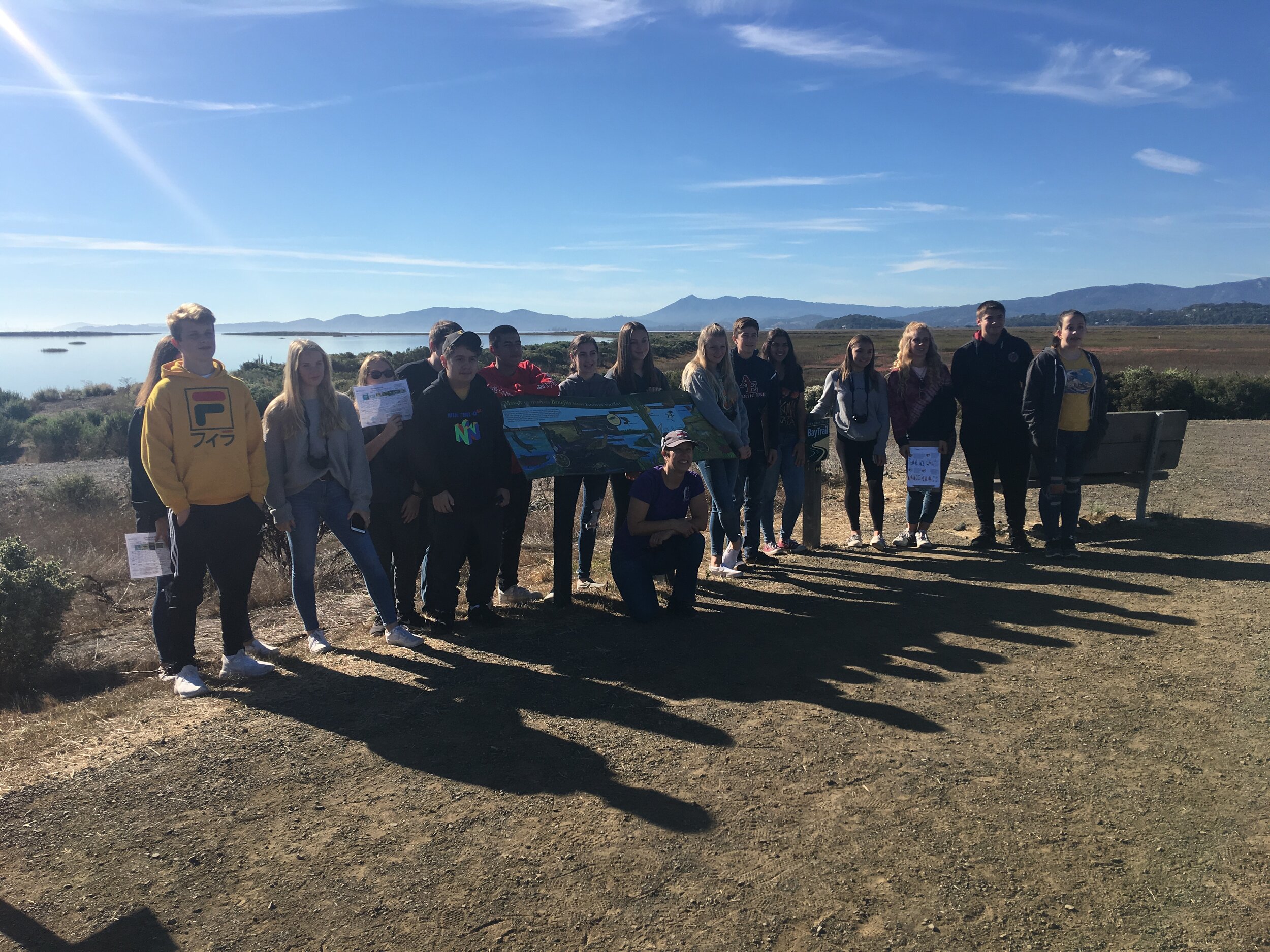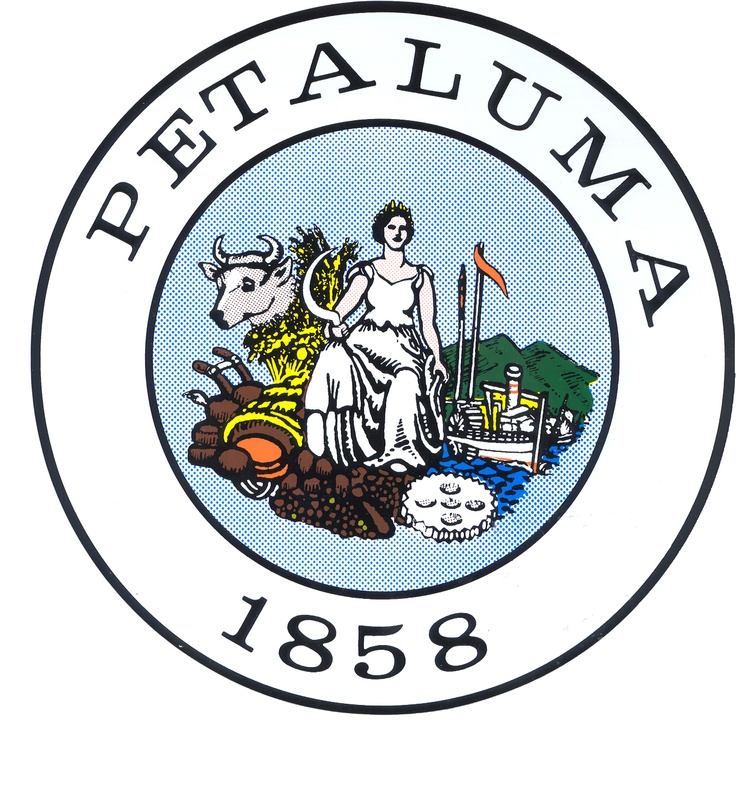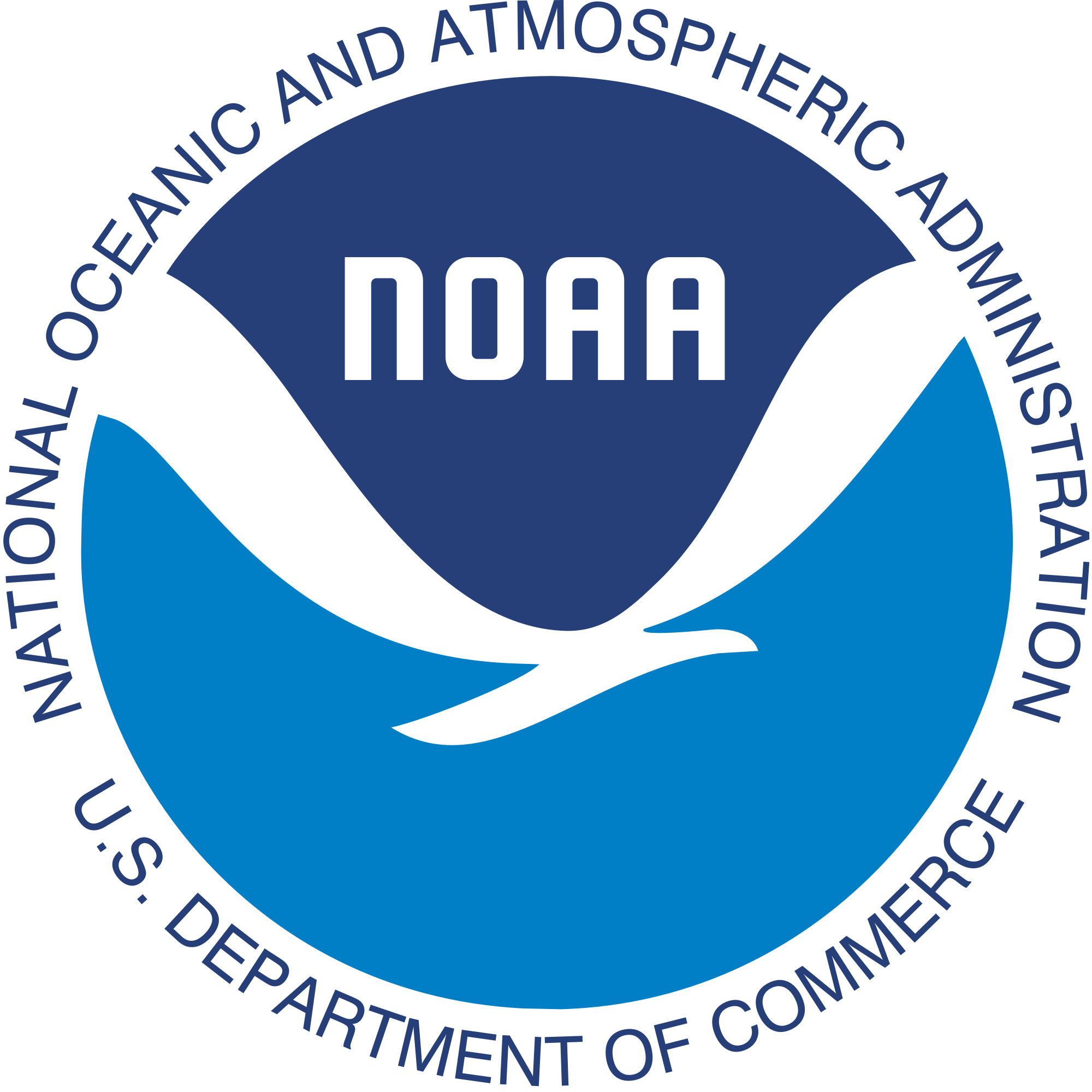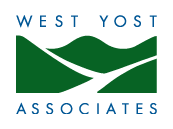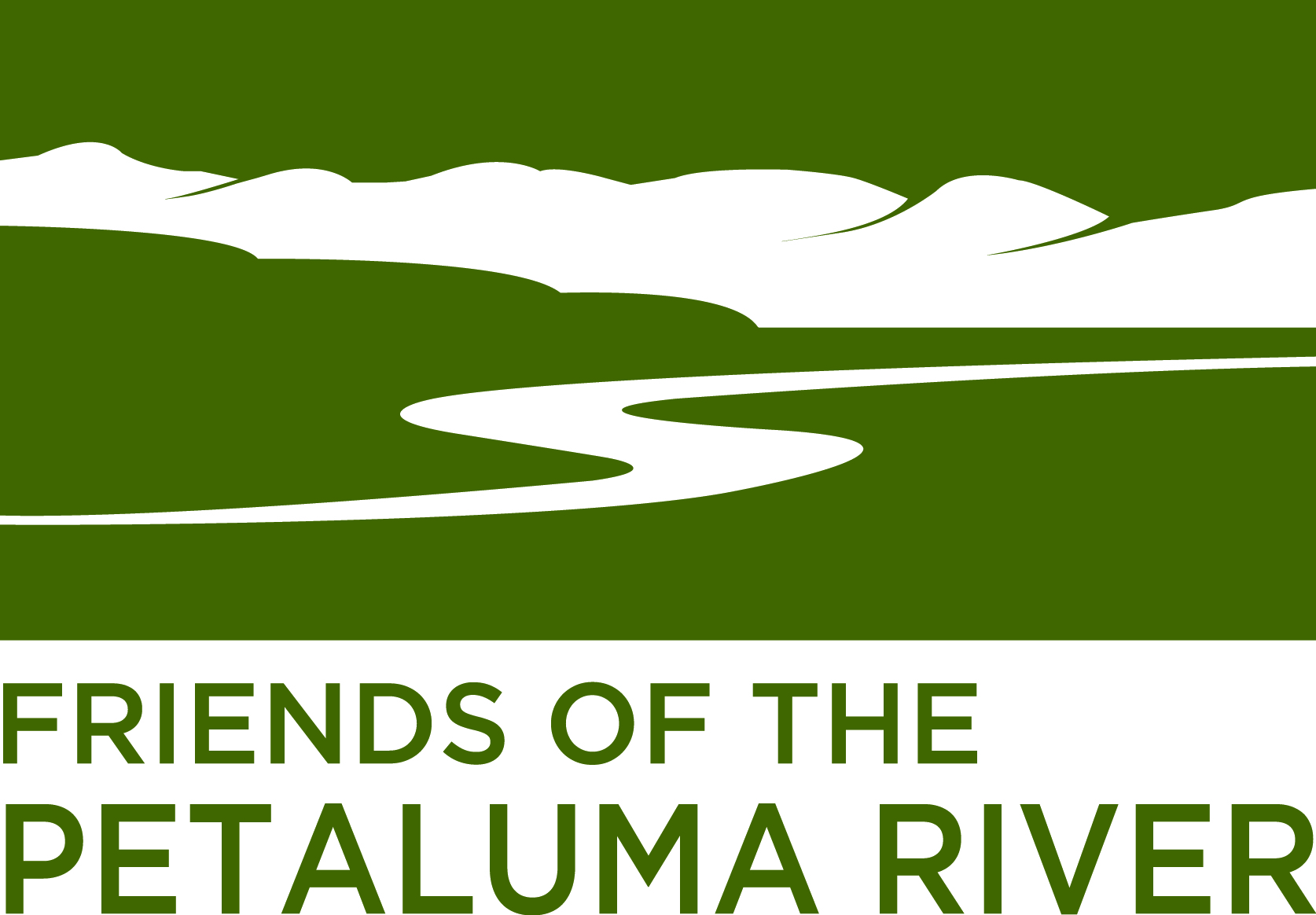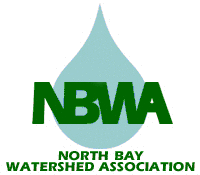10 Tips for Water Testing Trips
/Spring semester is here! Despite light rain, Petaluma creeks have started to fill with water, making it the ideal time to start water testing. If you are thinking about borrowing one of our water testing kits for your classroom, consider attending our water testing training on January 24 (Register Here!) In the meantime, here are some tips to help make your experience successful!
Students water testing at the David Yearsley River Heritage Center.
1. Ask Yourself: How Does this Fit into My Curriculum?
Water testing is undeniably cool (I mean, have you ever worn safety goggles before? The coolest.) but that doesn’t mean it works in every class. Water testing is most effective when it is tied to a message. So ask yourself what you are trying to teach. Some of our favorite topics to support with water testing are stormwater/non-point source pollution, river ecology, and the nitrogen cycle!
2. Scale it Down (Or Up)!
Our kits are available for use by all grade levels and subjects but that doesn’t mean everyone should use them in the same way! It is always ok to pick and choose testing components and to simplify or build on the information provided with the kits based on age and subject matter.
3. Safety First!
Even though it’s third here, it should be first in the field. Make sure students follow all instructions provided with the kit. Younger students should always wear safety gloves and goggles when performing chemical tests as some of the materials are mildly corrosive, all students should be careful handling glass vials and thermometers, and if tests are being conducted by the water students should be briefed in proper conduct before testing.
4. Do a Test Run!
We always suggest working with the kits in-class before taking them out into the field. FOPR staff members are always happy to lead this first water testing experience!
5. Think Teamwork!
We like to think of water testing as a team activity, a group of students working together to collect a data set. Teams work best with assigned roles. It is great to work out in class who will be testing for what constituent, who is responsible for recording the data, and who is responsible for making sure the kits are properly cleaned up after use. For primary school classes, we suggest assigning students within this larger group to work in pairs. Also consider that one test in particular, the secchi tube test for turbidity, will always require a two person team.
6. Timing is Everything!
Or it’s at least important. Each test takes a different amount of time . We always suggest grouping the non-chemical tests together as these can be completed very quickly. On the flip side, make sure to never assign two chemical tests to a single group. Doing so can double the amount of time needed for testing in the field.
7. Do it Again!
Water testing works best when it is done comparatively. Take students out multiple times to compare results. This also gives them the chance to work with multiple tests.
8. Do it Somewhere Else!
It can also be helpful to change locations. This will show students that each tributary and location on our river has its own unique influences. If you can’t make it to multiple locations with students, you can also collect samples from different locations throughout town, refrigerate them, and test within 24 hours! (Just don’t test for temperature, dissolved oxygen, or pH as these elements change quickly once water is removed from its source)
9. Have a Cleanup Plan!
Cleaning up can be a real mess without a plan of action. We love loaning our kits out, and we love it even more when they come back organized and clean!
10. Discuss! Discuss! Discuss!
Have a plan for talking about the results with students. Return to the original question to ask again what you want students to learn. Guide a discussion that helps students link the work they are doing in the field to the topic they are learning in class. Make sure students understand what their results mean and are able to provide logical explanations for why results may have changed over time or across locations.
For More Information...
Visit our water testing page on our website or attend our water testing training on January 24! The training is designed to familiarize teachers with Friends of the Petaluma River's water testing kits. PHS Teacher Lee Boyes will walk attendees through testing constituents, best practices, and the testing process.
To request a testing kit for your classroom contact katelynn@friendsofthepetalumariver.org
